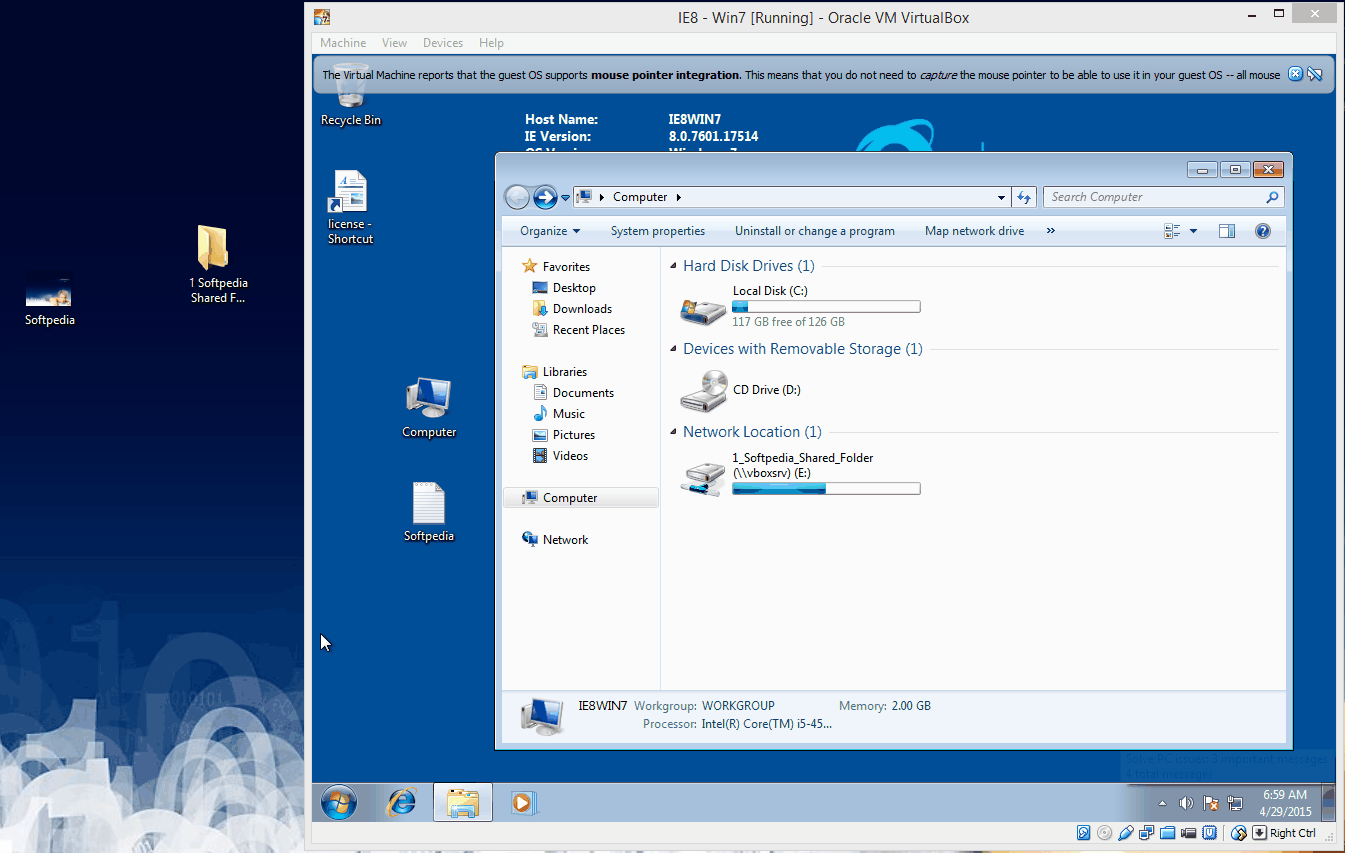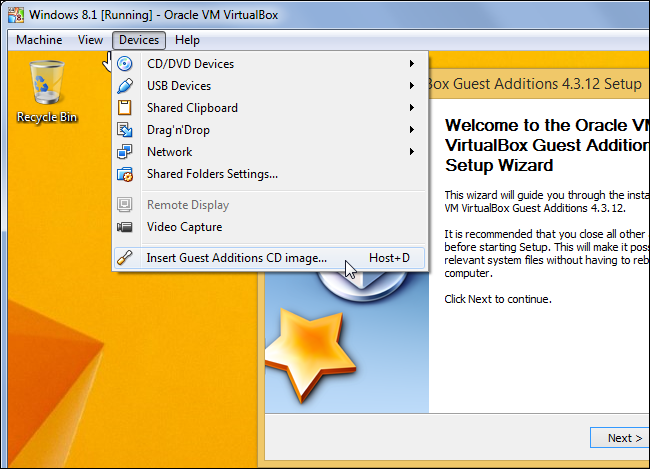

Permit the ‘Read only' check box so that the virtual machine will be able to read the files from the shared folder, but do not change them.
Read-only: By default, the virtual machine has full read and write access to the shared folder. Folder name: this is how the shared folder will appear in the guest operating system. Folder path: this is the location of the shared folder in the host operating system (your real PC). In the ‘Add Share' window, specify the following: Basically, we have two categories of shared folders: the folders of the machine (which are long-lasting, pending their deletion) and temporary folders that are transitory and therefore automatically deleted when you restart or shut down the virtual machine.Ĭlick the ‘Add' button (the folder with a plus sign) to create a new shared folder. You can then easily locate your configured folders. Switch the shared folders tab in ‘Settings'. This inserts a virtual CD that can be used in the guest operating system to install guest additions.Īfter installing Guest Additions, open the ‘Machine' menu and click on the ‘Settings' option. With the virtual machine running, click on the ‘Devices' menu and choose the ‘Insert CD image of guest additions' option. To use this feature, you must first install the Virtual Box guest additions on the guest virtual machine. 

The Shared Folders feature of Virtual Box works with Windows and Linux guest operating systems.

Notably, the procedure is similar when using other virtual machine applications. So, let's see how to create public files in two of the most renowned virtual machine applications: VMware Workstation Player and Virtual Box. The visitor operating system has access to a folder on the PC - as you would do with a public file on a network. To help the guest operating system within the virtual machine understand what's happening, virtual machine applications display these shared folders as shared resources for network files. To provide this access, you need to configure the shared folders in the virtual machine application. You will therefore need to configure the public files in a program like VMware or Virtual Box to share files.ĭefault-wise, VM cannot access folders or files on the host PC or other VM. Virtual machines are remote containers, meaning the visitor operating system does not have access to the computer's file system.








 0 kommentar(er)
0 kommentar(er)
